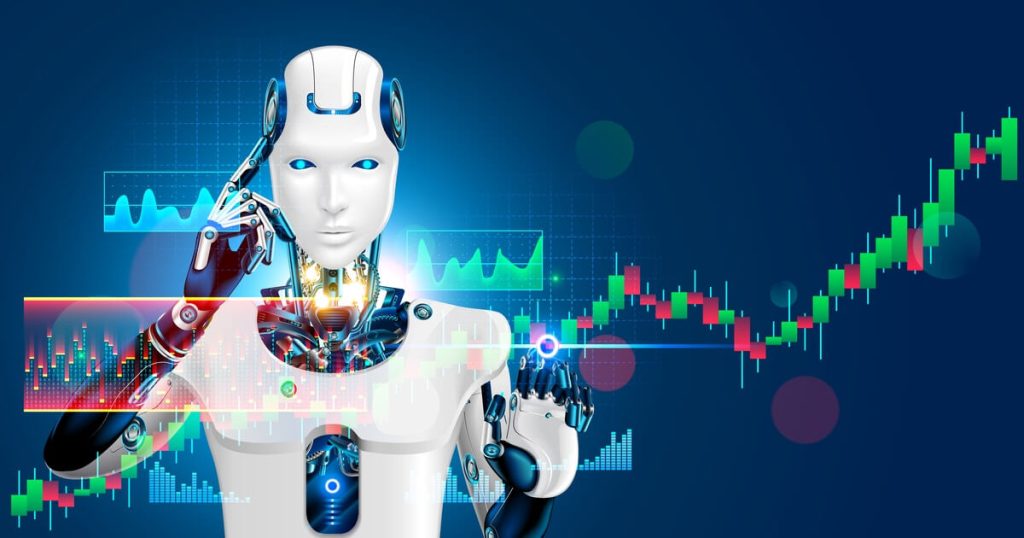From a business perspective, the idea of designing research for LLMs presents immense market opportunities. Companies that develop platforms or apps to create, curate, and deliver LLM-friendly research content could tap into a multi-billion-dollar market. According to a 2025 report by McKinsey, the generative AI market is projected to grow to $1.3 trillion by 2032, with content generation and data processing as key drivers. A ‘research app’ for LLMs, as Karpathy suggests, could serve industries like pharmaceuticals, where AI models analyze vast datasets for drug discovery, or finance, where real-time market insights are critical. Monetization strategies could include subscription models for premium datasets, API access for developers, or enterprise solutions for tailored LLM training data. However, challenges remain, such as ensuring data privacy and preventing bias in LLM outputs—issues that have plagued AI systems, as noted in a 2025 study by the MIT Sloan School of Management, which found that 60% of AI deployments faced ethical concerns. Businesses must also navigate a competitive landscape with players like Google, OpenAI, and Anthropic already dominating LLM development, requiring niche specialization to stand out.
On the technical side, designing research for LLMs involves moving beyond PDFs to formats like JSON, XML, or custom data schemas that encode information hierarchically for machine parsing. Unlike human readers, LLMs thrive on structured datasets with metadata, embeddings, and cross-references that enable rapid context retrieval and reasoning. Implementation challenges include standardizing formats across industries and ensuring compatibility with diverse LLM architectures—a hurdle given that, as of mid-2025, over 200 distinct LLM frameworks exist, per a report from the AI Index by Stanford University. Solutions could involve open-source protocols or industry consortia to define standards, much like the web evolved with HTML. Looking to the future, LLM-optimized research could lead to autonomous AI agents conducting real-time literature reviews or hypothesis generation by 2030, as predicted by a 2025 forecast from Deloitte. Regulatory considerations are also critical, with the EU AI Act of 2025 mandating transparency in AI data usage, which could impact how research content is structured. Ethically, ensuring that LLMs do not misinterpret or propagate flawed data remains a priority, requiring robust validation mechanisms. The potential for such innovation is vast, offering a glimpse into a future where knowledge creation is as much for machines as for humans, reshaping industries and workflows profoundly.

